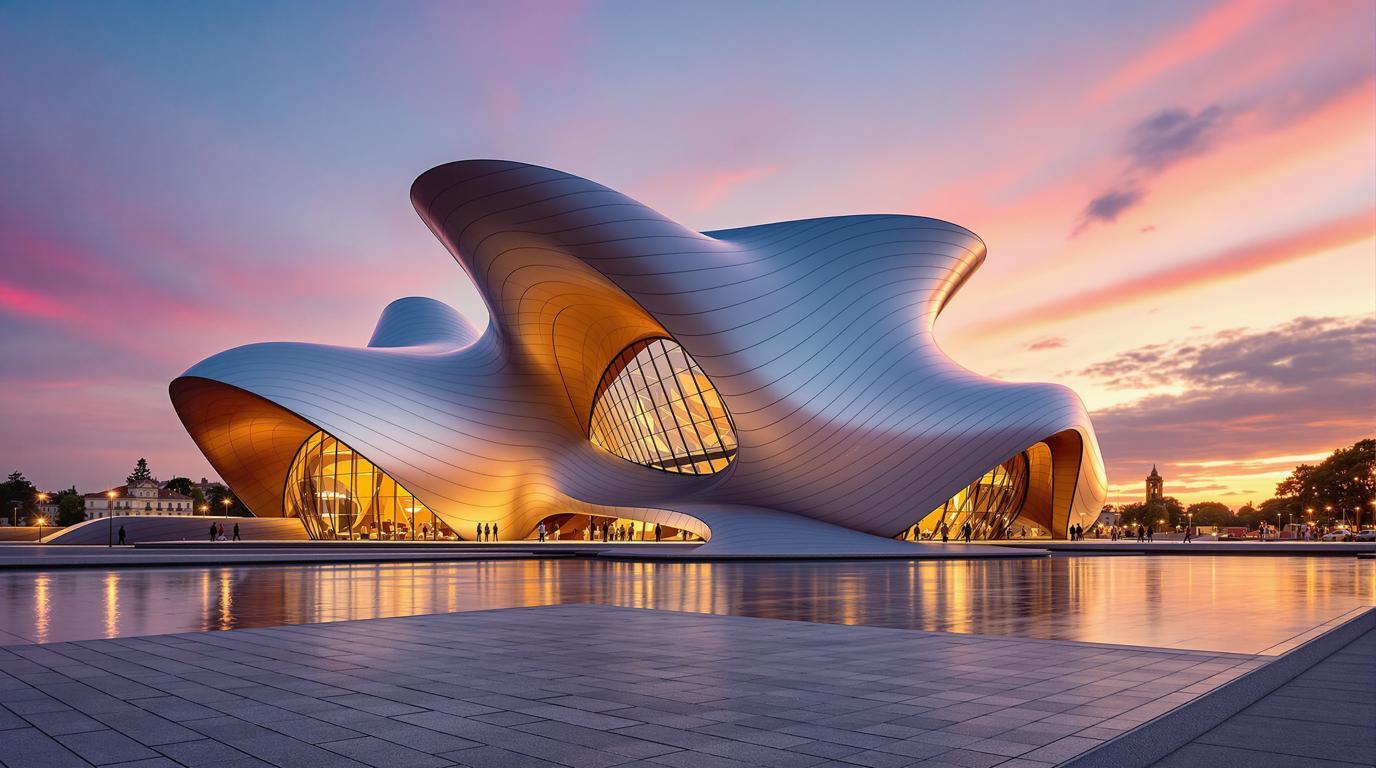France’s stunning Bordeaux region harbors an extraordinary architectural marvel that’s transforming how travelers experience wine culture. La Cité du Vin isn’t just another museum – it’s a mind-bending journey through global wine civilization housed in a building as intoxicating as the beverages it celebrates.
A decanter-shaped wonder on Bordeaux’s waterfront
Rising from the banks of the Garonne River like a twisted, gleaming decanter, La Cité du Vin’s revolutionary design stops visitors in their tracks. Since opening in 2016, this aluminum and glass masterpiece has become Bordeaux’s most photographed modern landmark, reflecting centuries of wine heritage through avant-garde architecture.
“We wanted to create a place where wine isn’t just tasted but experienced through all senses – a building that seems to move and flow like wine being swirled in a glass,” explains Sylvie Cazes, president of the Foundation for Wine Culture and Civilizations.
Beyond Bordeaux: A global wine immersion
Unlike traditional wine museums focused solely on local vineyards, La Cité du Vin explores wine’s universal cultural importance. The permanent exhibition spans 3,000 square meters with 19 themed spaces covering everything from ancient wine ceremonies to modern production techniques. Interactive displays engage all five senses through innovative technology.
This global approach mirrors other immersive cultural experiences like Japan’s food culture museums, where visitors engage with culinary heritage through multisensory exhibits.
The “Buffet of Five Senses” will challenge everything you know about wine
The most unforgettable exhibit is undoubtedly the sensory buffet where brass trumpets emit scents of everything from leather to cherries, training visitors’ noses to identify wine’s complex aromas. Touch screens allow exploration of wine regions across six continents, while sound installations recreate vineyard atmospheres from harvest to cellar.
A tasting with the most spectacular view in Bordeaux
Every admission includes a visit to the 8th-floor Belvedere, where visitors receive a complimentary glass of wine from a rotating selection of global vineyards. Floor-to-ceiling windows provide a breathtaking 360° panorama of Bordeaux’s UNESCO-listed cityscape and surrounding vineyards.
The experience rivals even Switzerland’s most stunning mountaintop views, though with considerably less climbing required!
Secret tip: Visit before noon for the best experience
Local guides recommend arriving before midday to enjoy the museum with fewer crowds. The morning light also creates stunning reflections on the building’s metallic exterior – perfect for photography enthusiasts. For an enhanced experience, book specialized workshops like the Via Sensoria tasting sessions, available in multiple languages.
“I always tell visitors to come early and take their time. This isn’t a place to rush through – it’s about savoring moments, just like you would with a fine wine,” shares Thomas Bertin, a local tour guide.
Beyond the museum: Hidden gems nearby
After your visit, explore the surrounding Bassins à Flots district, a revitalized dockland area with boutique shops and waterfront restaurants. For culinary enthusiasts, Les Halles de Bacalan market offers local delicacies just steps from La Cité du Vin.
Nature lovers might enjoy combining their visit with a trip to France’s hidden emerald waterfalls or secret beaches that rival Tahitian waters – both perfect counterpoints to Bordeaux’s urban sophistication.
Art enthusiasts shouldn’t miss Les Bassins des Lumières nearby, Europe’s largest digital art center, offering an experience that perfectly complements La Cité du Vin’s innovative approach to cultural immersion. Together, they showcase how France is reimagining its cultural treasures for modern audiences, similar to Gaudi’s hidden masterpieces outside Barcelona.
La Cité du Vin transcends the typical museum experience, inviting visitors to reconnect with wine as a living, evolving element of human civilization. In this shimmering decanter-shaped wonder, wine’s rich cultural heritage is not preserved behind glass – it’s brought vibrantly, intoxicatingly alive.
